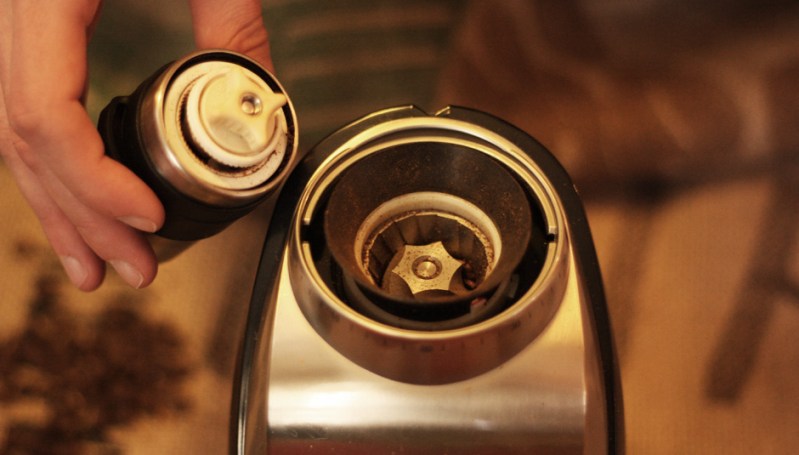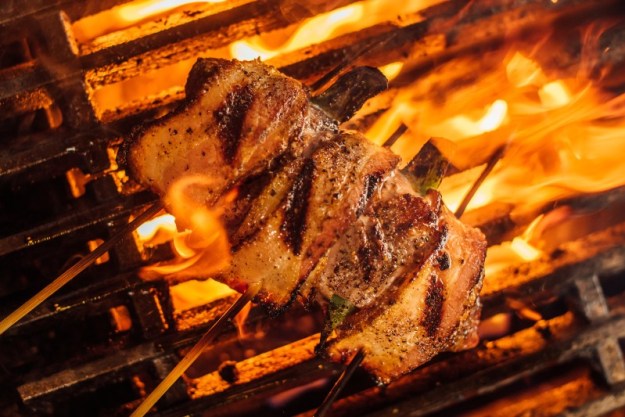
The coffee grinder is arguably the most important component of your home barista arsenal. Ask any coffee professional on how to improve your coffee game and they’ll talk to you about grinders. But where to start? There’s a never-ending supply of information out there. We’re here to arm you with the most important tips so you can find the grinder best suited for your needs.
Having a decent grinder is one of the easiest ways to control your coffee’s taste quality. Stores offer two kinds: blade and burr. The blade coffee grinders are often cheaper in price than burr grinders, but you sacrifice in even ground production. A blade grinder is reminiscent of someone taking a machete to a piece of raw meat and blindly chopping it to various sizes. Just like how those randomly sized pieces wouldn’t grill evenly and at the same rate, the coffee grounds won’t extract evenly.
Here are some key questions to ask yourself when considering a coffee grinder purchase:
1) How often do I drink coffee?
If you drink coffee every day, then a grinder purchase would be in your favor. If you drink coffee once a month, this might not be worth the investment.
2) How fresh are the beans that I’m buying?
One of the most compelling reasons to buy a grinder is so you can grind fresh. If you buy coffee that has been sitting on the supermarket shelves for three months, chances are that a grinder won’t significantly affect the taste quality of your coffee. If freshness is important to you (and here at Coffee Kind, we do believe that fresh coffee has a distinctly different taste than 3-month old coffee), then the coffee grinder will only enhance the resulting cup’s taste quality.
3) How much am I willing to spend?
As we mentioned earlier, blade grinders are considerably cheaper. However, if you’re willing to do some manual labor, some hand grinders like the Hario Mini Mill come in as low as $33. The cheaper manual burr grinders use ceramic burrs, which can wear down more easily than steel burrs. But if you’re just trying out a burr grinder, ceramic burrs will work out just fine for you.
4) What method am I using to make coffee at home?
Your coffee grinder should be tailored to your needs. For the majority of home baristas, you’ll need a grinder that can produce coarse and medium grinds equally well. If you are lucky enough to own an espresso machine, a grinder built for espresso is worth looking into. One of our favorite manufacturers for automatic grinders is Baratza– they provide a wide-range of quality grinders with excellent prices & customer support.
Once you’ve purchased a coffee grinder, here are some quick tips on maintenance and overall coffee taste:
-Clean regularly. If you make a daily cup, clean at least once a month.
-Use grinder-friendly cleaning products. If you have ceramic burrs, gentle soap and air drying will work. If you have steel burrs, purchase a grinder-cleaning product, like Urnex’s Full Circle Cleaning Tablets, that will soak up the coffee oils.
-Use the correct grind for your coffee brewer. Too coarse of a grind in espresso will result in a watery cup while too fine of grinds may back-clog your machine. Our handy grind chart will help you with the correct grind size for your brewer.


